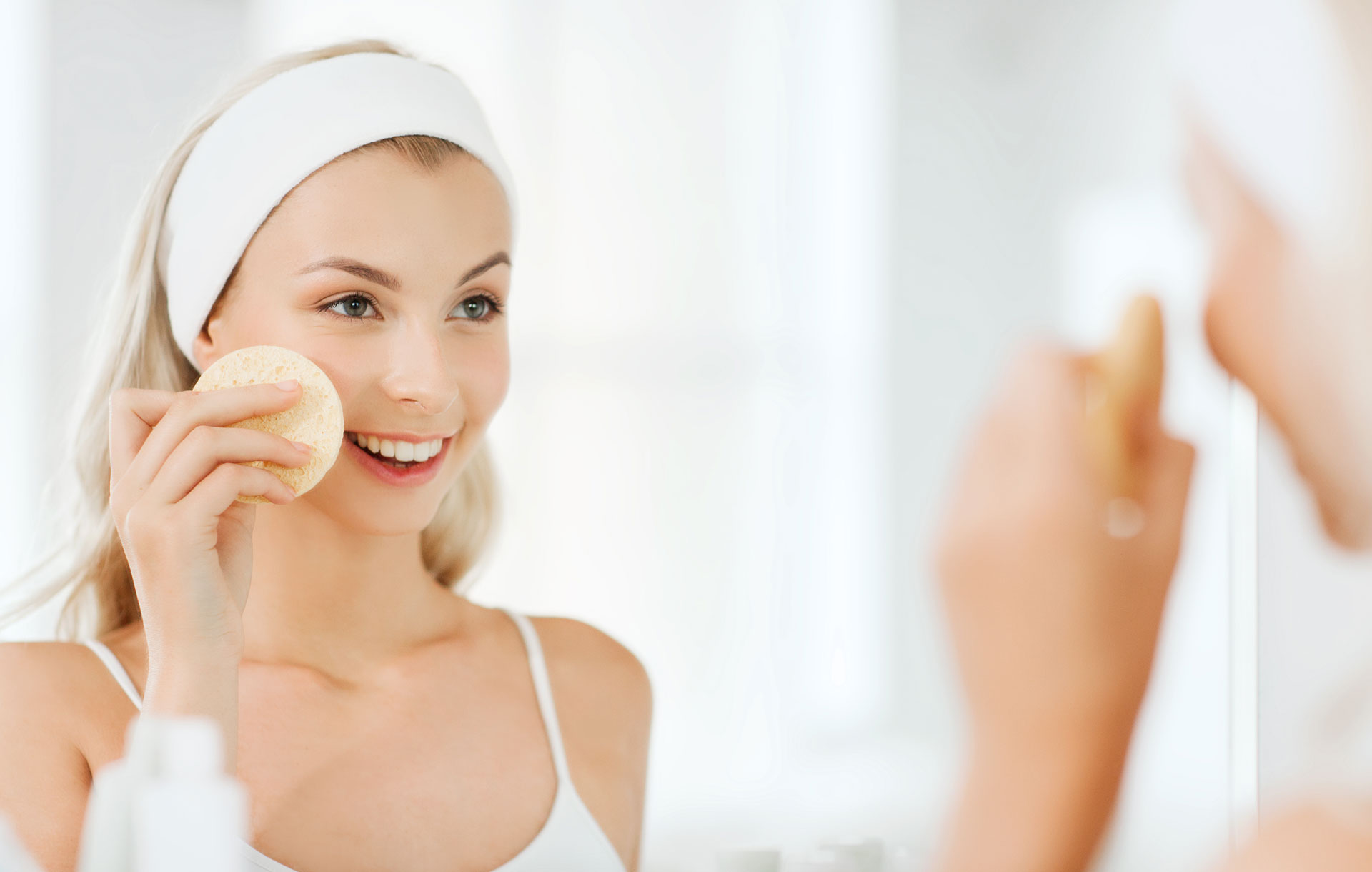
Diving deeper into the idea of self-care and wellness is a concept that goes beyond disease to address the notion of well-being.
September is National Self-care Month! With many of us still working from home, self-care at home is more important than ever. Self-care has become synonymous with wellness, which is defined as a state of complete physical, mental, and social well-being by the World Health Organization.
Diving deeper into the idea of self-care and wellness is a concept that goes beyond disease to address the notion of well-being. Well-being has become mainstream and is related to the approach of comfort, health, and happiness. With many unable to achieve those moments in spas, creating the spa environment at home has become the new focus of self-care and well-being.
A recent Washington Post article noted an 85% increase in wellness-focused apps. The question becomes what techniques can be used at home to promote a sense of self-care and wellness.
DRY BRUSHING
In speaking with Shelley Birnbaum, Master Esthetician with over 20 years of experience in the industry, Shelley suggested the traditional Ayurvedic practice of dry brushing as her top self-care at-home technique. Dry body brushing usage was noted for centuries dating back to India, China, and ancient Egypt. According to Shelley, dry brushing is used to stimulate the lymphatic system and aide in the removal of toxins. The technique is an exfoliation that differs from a body scrub. It also improves circulation in the skin, encouraging the elimination of metabolic waste. As the largest organ in the body, the therapeutic benefits of dry brushing aids in the toning and tightening of the skin and gives an overall glow by reducing dead skin and dry patches.
Here are a few tips for incorporating dry brushing into a daily routine.
- Select a natural-bristle brush. There are brushes without a handle or long handles to get your back.
- Start at the feet and move upward toward the head, using a circular motion, brushing toward the heart to increase blood and lymph flow.
- For the most beneficial dry brush before taking a bath or shower, consider dry brushing in the morning as a means to boost energy.
- Reminder – Avoid areas with open wounds, rashes or other sensitive areas.
FACIAL MASSAGE
Continuing on my quest for the best self-care practices, going from the body to the face, I spoke with Despina Freimanis, a Skincare Specialist and Educator for Christine Valmy International School for Esthetics, Skin Care and Makeup. Despina recommends a facial massage as a part of a weekly at-home routine. The first step after cleansing and exfoliating is to apply a generous amount of a night cream or facial oil to the face with slow, upward movements. Remember to use gentle pressure, as too much pressure can damage the skin and the collagen and elastin fibers underneath.
Once you reach the zygomatic bone (cheekbones), use your middle finger and ring finger to apply light pressure with a tapping, lift movement upward toward the temple (forehead), and stop at the temple. The step can be done in three actions, with light pressure at the temple after each repetition. This technique will help lift the skin and ease tension.
Next, using a movement called “piano” around your eyes and all over your face. Using your pointer, middle, and ring fingers, lightly tap all around the eyes from the outside inward towards the nose and upwards back around the eyebrows. You can enhance the effects with the addition of eye cream or serum for an added pick-me-up. Next, go all around the face in an upward motion using the same technique. Repeat this step several times, then stop with light pressure on the temples. This movement is excellent for stimulating circulation and helps soften the appearance of fine lines and wrinkles.
Now a mask can be applied to the face with cool cotton compresses over your eyes. Lastly, remove the mask and compress, then using the middle finger and ring finger, apply the same light pressure, press and hold moving across the eyebrows from the nose until reaching the temple. Repeating this several times will also assist in lifting and toning while providing some much-needed tension relief.
With just a few added touches to your existing at-home routine, this 30 – 60-minute ritual can prepare you for anything, including another round of Zoom calls.
DAILY WELLNESS PRACTICES
Lastly, moving the concept of self-care at home from external into internal wellness brings to mind Deepak Chopra’s “Pillars of Wellness” which includes getting enough sleep, daily meditation, controlling our emotions, especially in regards to anger, moving our body daily, whether it be walking or yoga, and rounding out the list with eating healthy. It is the daily practices that become routines and ultimately create joy, wellness, and self-care in our lives.












